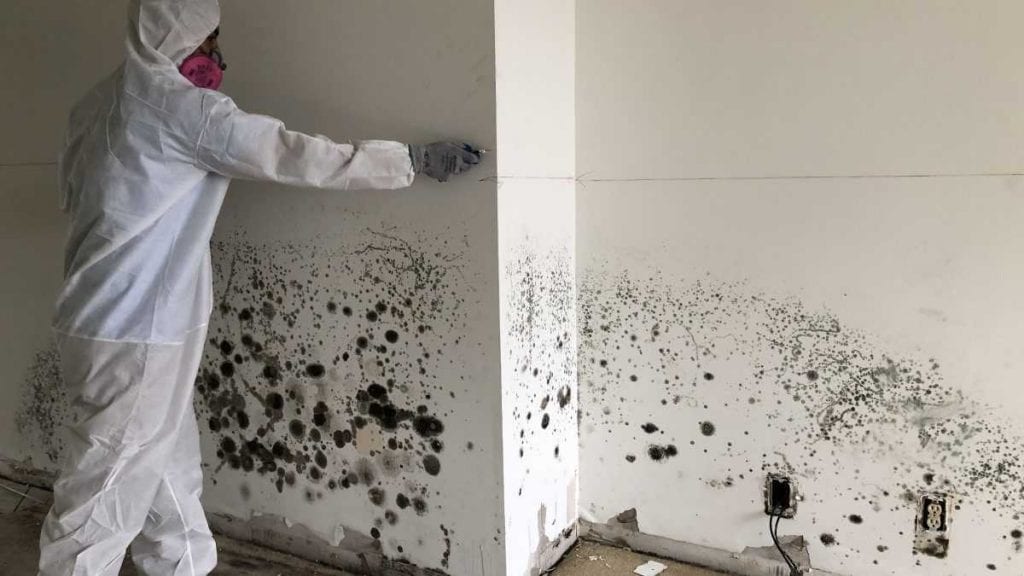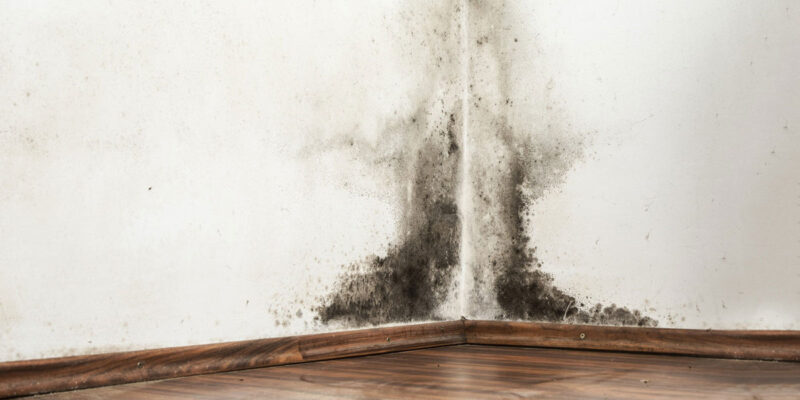Mold testing technology has undergone significant advancements over the years, revolutionizing the way we detect and assess mold in our indoor environments. From traditional methods that relied on visual inspections and air sampling to the latest cutting-edge technologies that use DNA analysis and real-time monitoring, the evolution of mold testing has been nothing short of remarkable.
These innovations have not only improved the accuracy and efficiency of mold detection but have also enabled us to better understand the factors contributing to mold growth and potential health risks associated with exposure. In this article, we will explore the progression of mold testing technology and its impact on indoor air quality assessment.
Early Methods of Mold Testing

In the early days of mold testing, methods were relatively simple and limited compared to the advanced technology available today. One common method involved visually inspecting areas for visible signs of mold growth, such as discoloration or musty odors.
Another method was to use a swab or tape sample to collect mold spores for analysis under a microscope. These early methods often lacked the accuracy and precision of modern testing techniques, but they were a starting point for understanding the presence of mold in indoor environments.
Over time, advancements in technology have revolutionized the mold testing industry, providing more efficient and reliable ways to detect and identify mold contamination.
Advancements in Mold Testing Technology
In recent years, advancements in mold testing technology have revolutionized the way we detect and handle mold infestations. Gone are the days of relying solely on visual inspections or costly lab tests.
Now, with the advent of cutting-edge tools such as moisture meters, infrared cameras, and air sampling devices, mold professionals can quickly and accurately pinpoint the source of a mold problem. These new technologies not only save time and money but also provide more reliable results, ensuring that mold issues are addressed promptly and effectively.
As a result, homes and businesses can enjoy improved indoor air quality and peace of mind knowing that their space is free from harmful mold contaminants.
Modern Techniques for Mold Testing
In recent years, advancements in technology have revolutionized the way mold testing is conducted. From traditional surface testing to cutting-edge air sampling methods, modern techniques for mold testing have greatly improved the accuracy and efficiency of detecting mold in indoor environments.
These innovative tools allow professionals to identify mold spores in the air, pinpoint sources of contamination, and provide detailed analysis of the types of mold present. With these new techniques, property owners and occupants can now have greater peace of mind knowing that their indoor spaces are free from harmful mold growth.
As technology continues to evolve, mold testing methods will only become more sophisticated and effective in detecting and preventing mold issues.
Conclusion

In conclusion, the evolution of mold testing technology over the years has led to significant advancements in identifying and assessing mold presence in indoor environments. With the advent of innovative tools and methods, such as air and surface sampling techniques, PCR testing, and infrared cameras, professionals in the industry can now provide more accurate and efficient mold inspections.
As a result, homeowners and businesses can better protect their properties and ensure the health and safety of occupants. Mold inspections tampa and around the world have become more reliable and comprehensive thanks to these technological advancements, ultimately leading to improved mold management practices and a healthier indoor environment for all.


